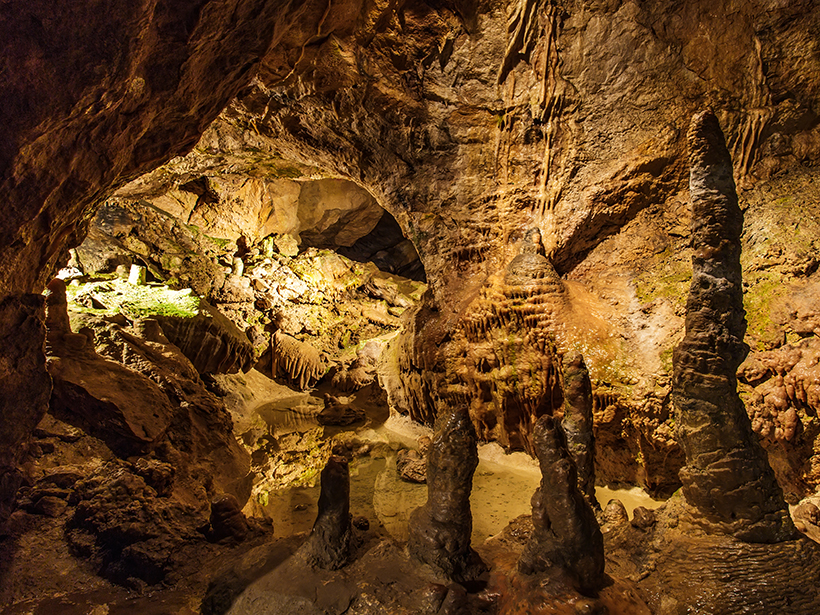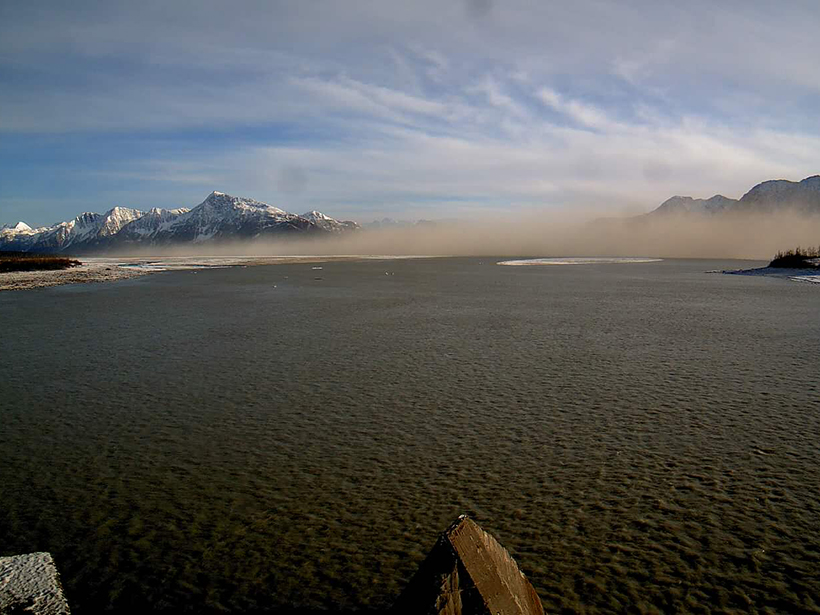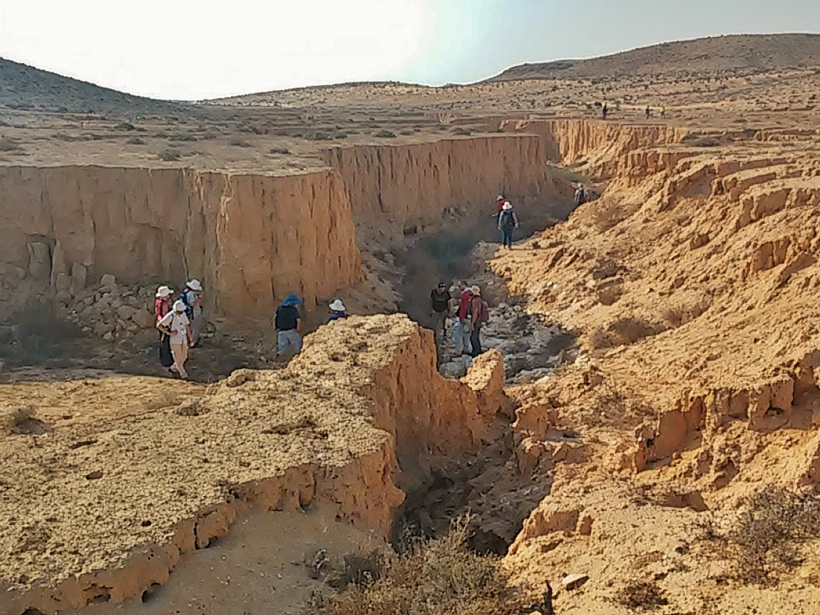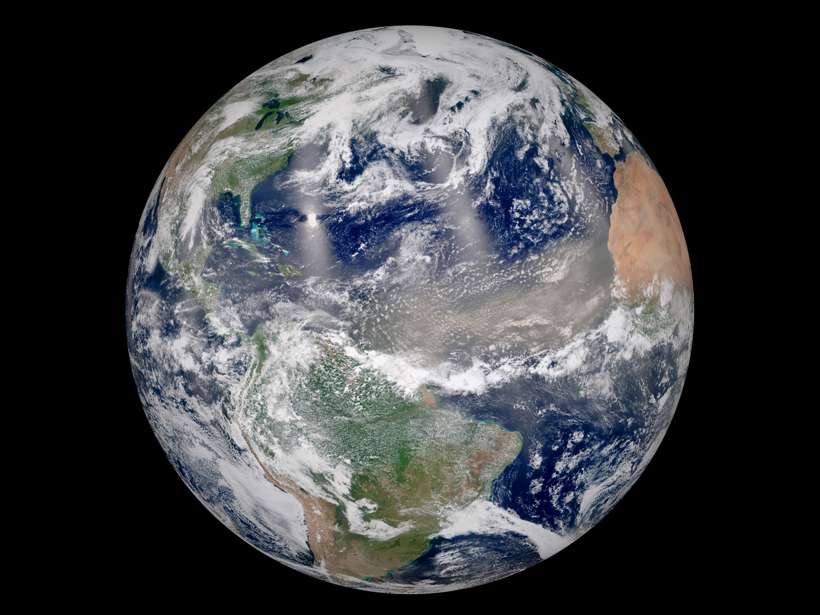Chemical measurements of a stalagmite from a cave in Iran reveal a large uptick in dust activity in northern Mesopotamia roughly 4,200 years ago, coincident with the decline of the Akkadian Empire.
dust
Assessing the Many Influences of High-Latitude Dust
First International Conference on High Latitude Cold Climate Dust (HLCCD); Reykjavík, Iceland, 22–25 May 2017
Where Are the Electrical Currents in the Enceladus Plume?
A plume of water ice that escapes Saturn’s moon Enceladus should be coursing with electrical currents, but data are mixed. Now simulations suggest that a sticky dust cloud may shield signals.
How Mars Got Its Layered North Polar Cap
Orbital wobbling shaped the dome of ice and dust at the planet's north pole.
Carbon Dioxide Frost May Keep Martian Soil Dusty
Temperature readings acquired from orbit show that Mars's surface gets cold enough at night to allow layers of solid carbon dioxide frost up to several hundred micrometers thick to build up near the equator.
A (Dust) Devil of a Time—on Mars
New computer simulations of Martian dust devils could aid Red Planet weather forecasts.
Blowin’ in the Wind: Observing Stratospheric Aerosols
New observations and understanding of stratospheric particles are crucial for evaluating their role in climate change.
Seeking Knowledge in the Dust
The Batsheva de Rothschild Seminar on Atmospheric Dust, Dust Deposits (Loess) and Soils in Deserts and Desert Fringe: The Sahara-Sinai-Negev as an Analogue for the Global Arid Regions; Jerusalem and the Negev Desert, 14–19 October 2015
The Impact of African Dust on Air Quality in the Caribbean Basin
Symposium on Airborne Dust, Climate Change, and Human Health; Miami, Florida, 19–21 May 2015
Amazon Rain Forest Nourished by African Dust
New satellite data highlight the important role African dust plays in maintaining the rain forest's long-term health.










